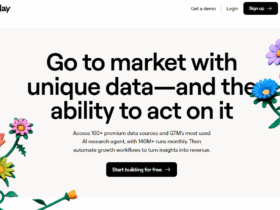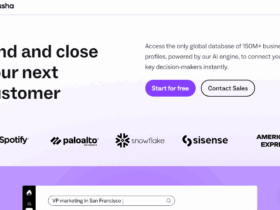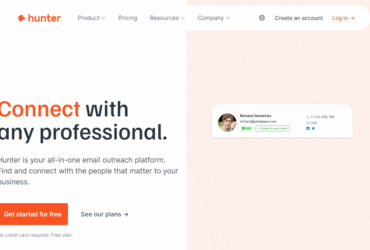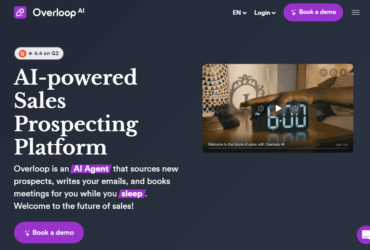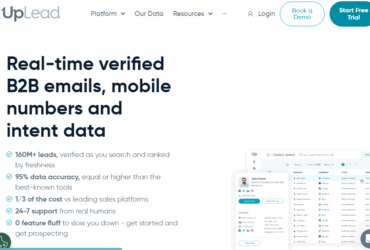Hey there, fellow marketers and brand enthusiasts! If you’re on the hunt for the top influencer marketing platforms in 2025, you’re in the right place. I’ve dived deep into the influencer marketing world to bring you the crème de la crème of platforms that can elevate your brand’s presence. Let’s get into it!
1. Mavrck

Overview:
Mavrck is a powerhouse when it comes to enterprise-level influencer marketing. It’s designed for brands looking to scale their influencer campaigns with precision.
Pros:
-
Comprehensive influencer discovery tools.
-
Robust analytics and reporting features.
-
Seamless integration with major social platforms.
Cons:
-
Might be a bit overwhelming for smaller businesses.
-
Pricing is on the higher side.
Pricing:
Custom pricing based on brand needs.
2. The Influencer Room
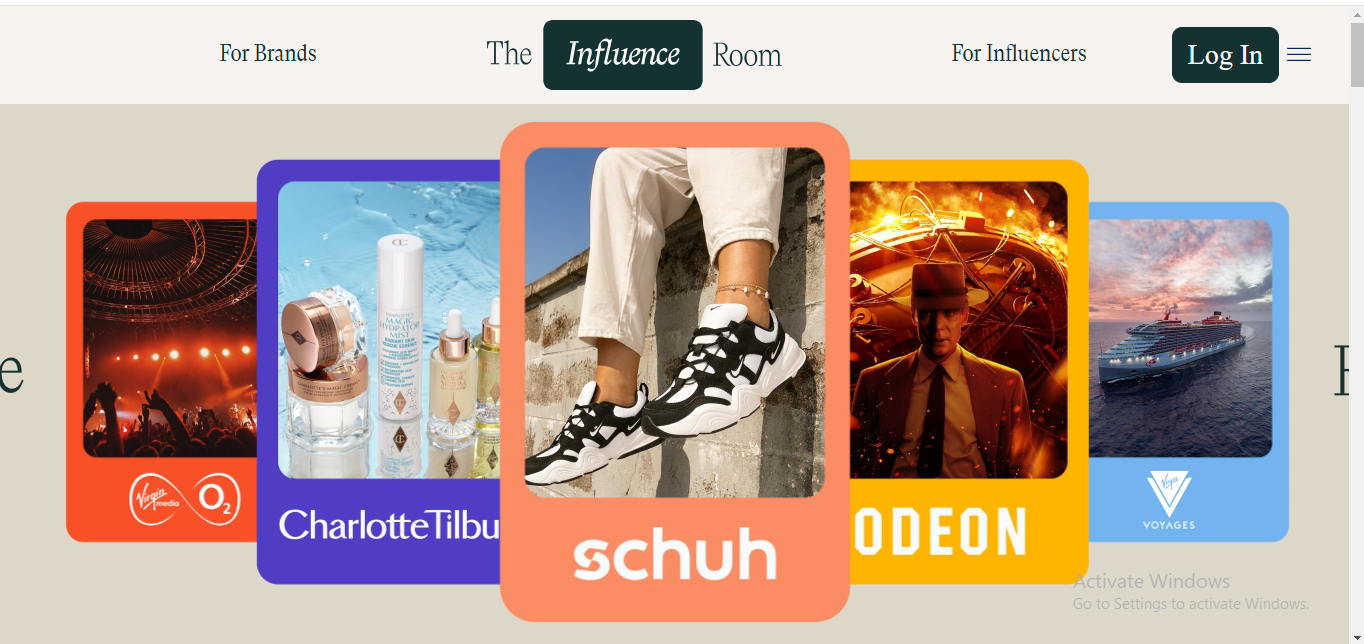
Overview:
The Influencer Room offers a unique approach by fostering genuine relationships between brands and influencers.
Pros:
-
Emphasis on authentic collaborations.
-
Streamlined campaign management.
Cons:
-
Limited influencer database compared to competitors.
-
Less suitable for large-scale campaigns.
Pricing:
Subscription-based; specific tiers available upon inquiry.
3. Grin
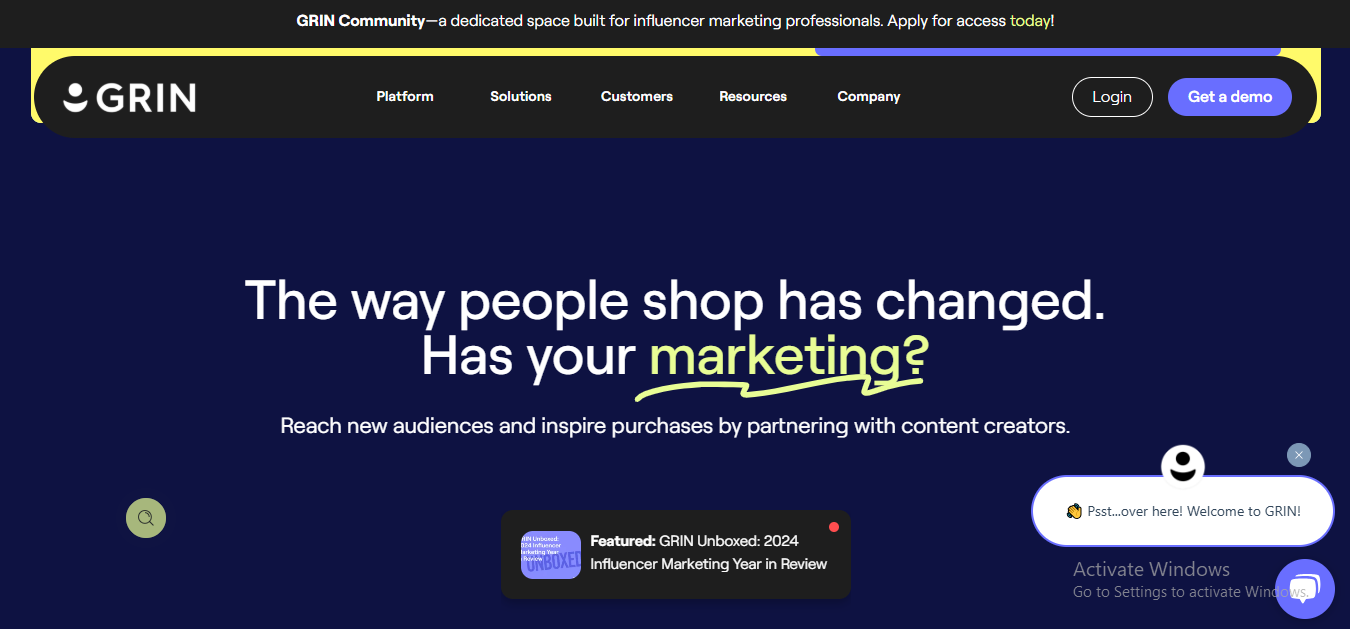
Overview:
Grin is tailored for e-commerce brands, offering tools that integrate seamlessly with online stores.
Pros:
-
Direct integration with e-commerce platforms.
-
Comprehensive influencer management tools.
-
Detailed performance analytics.
Cons:
-
Learning curve for beginners.
-
Premium pricing.
Pricing:
Custom pricing based on brand requirements.
4. Influencity
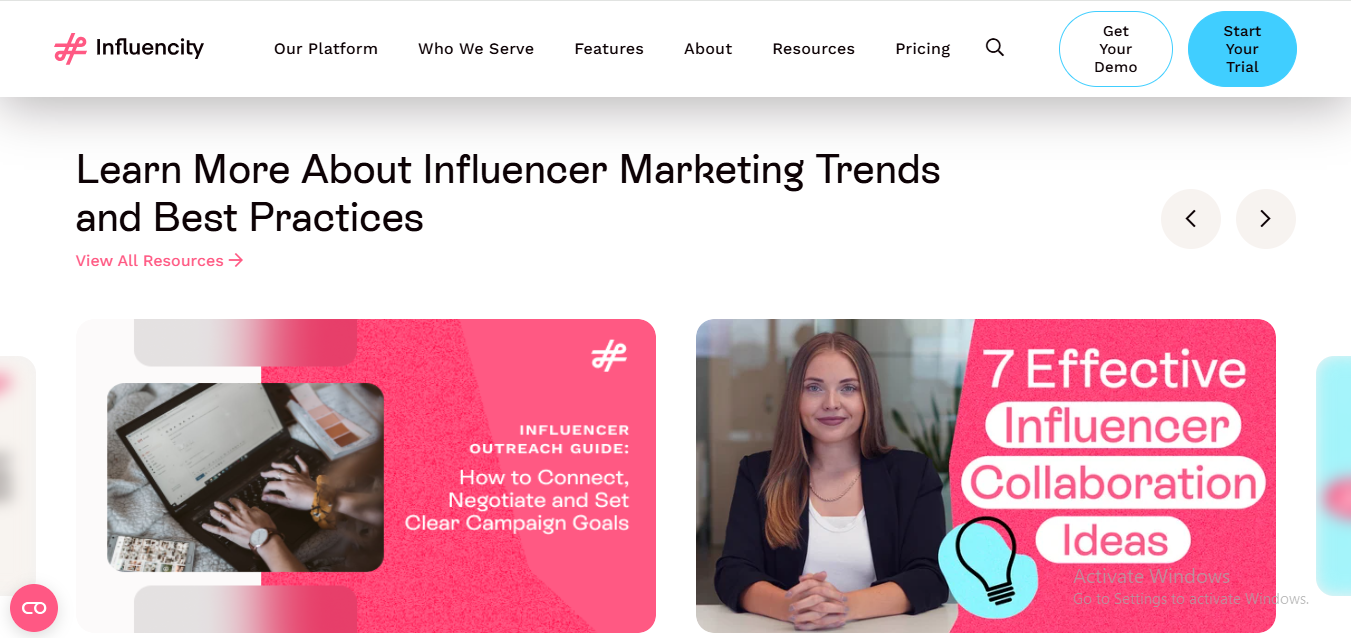
Overview:
Influencity stands out with its AI-driven influencer discovery and campaign management tools.
Pros:
-
Access to over 130 million influencers.
-
Advanced filtering and analytics.
-
User-friendly interface.
Cons:
-
Some features might be too advanced for beginners.
-
Pricing tiers can be complex.
Pricing:
Flexible plans starting from basic to enterprise levels.
5. Hashtag Paid (#paid)
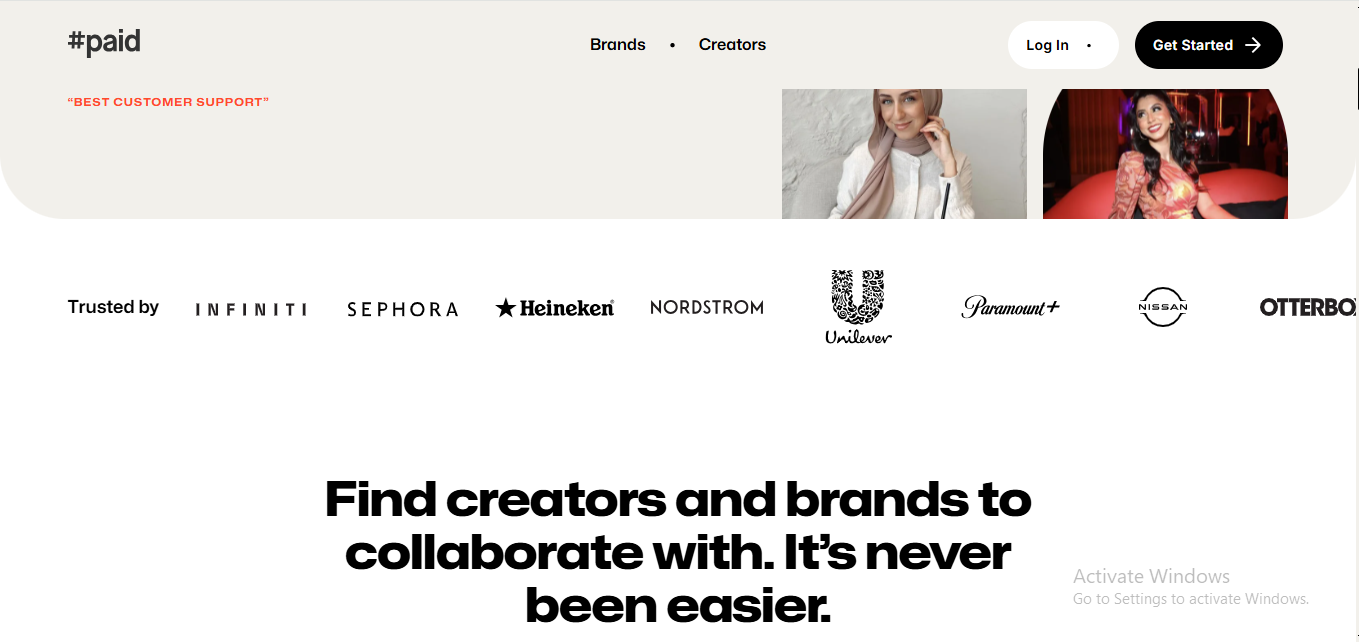
Overview:
#paid connects brands with content creators, emphasizing authentic storytelling.
Pros:
-
Streamlined creator matching process.
-
Emphasis on genuine content.
-
Robust campaign tracking.
Cons:
-
Limited to certain regions.
-
Smaller influencer pool compared to giants.
Pricing:
Subscription-based; details upon request.
6. Lolly
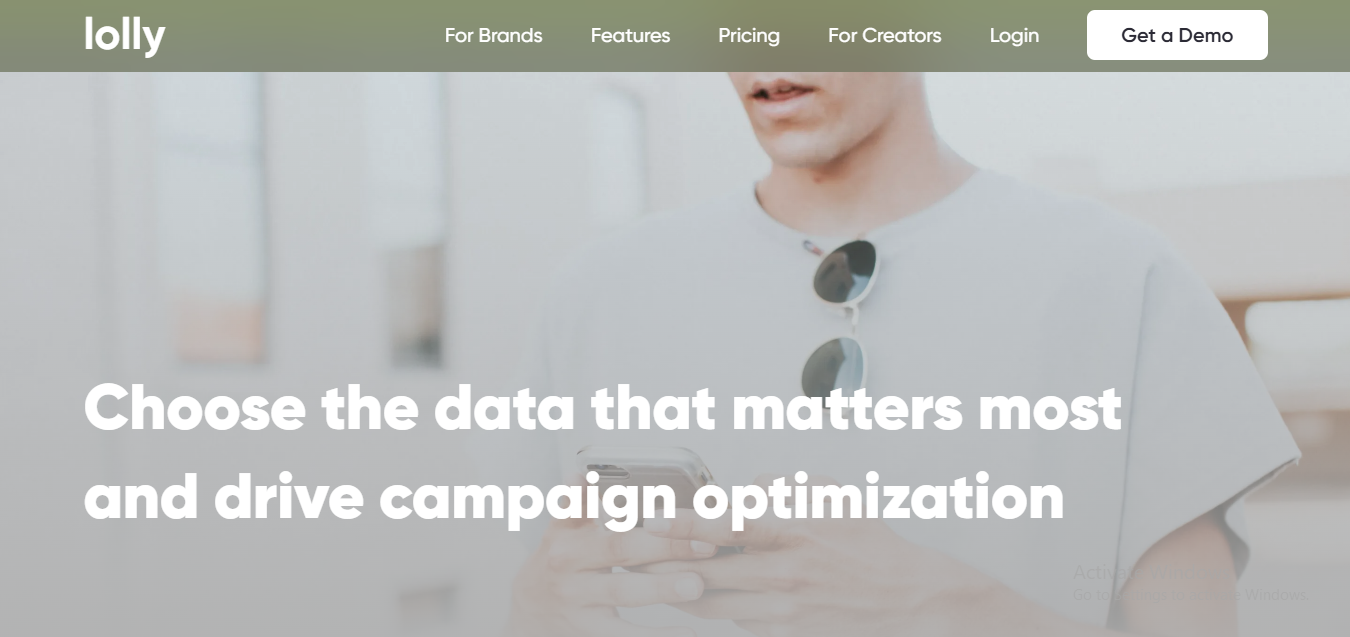
Overview:
Lolly is all about performance-driven influencer marketing, focusing on ROI and sales.
Pros:
-
Access to a vetted creator community.
-
Real-time analytics and optimization.
-
Easy campaign setup.
Cons:
-
Newer platform; still expanding features.
-
Limited integrations compared to older platforms.
Pricing:
Tiered pricing based on campaign needs.
7. The Cirqle
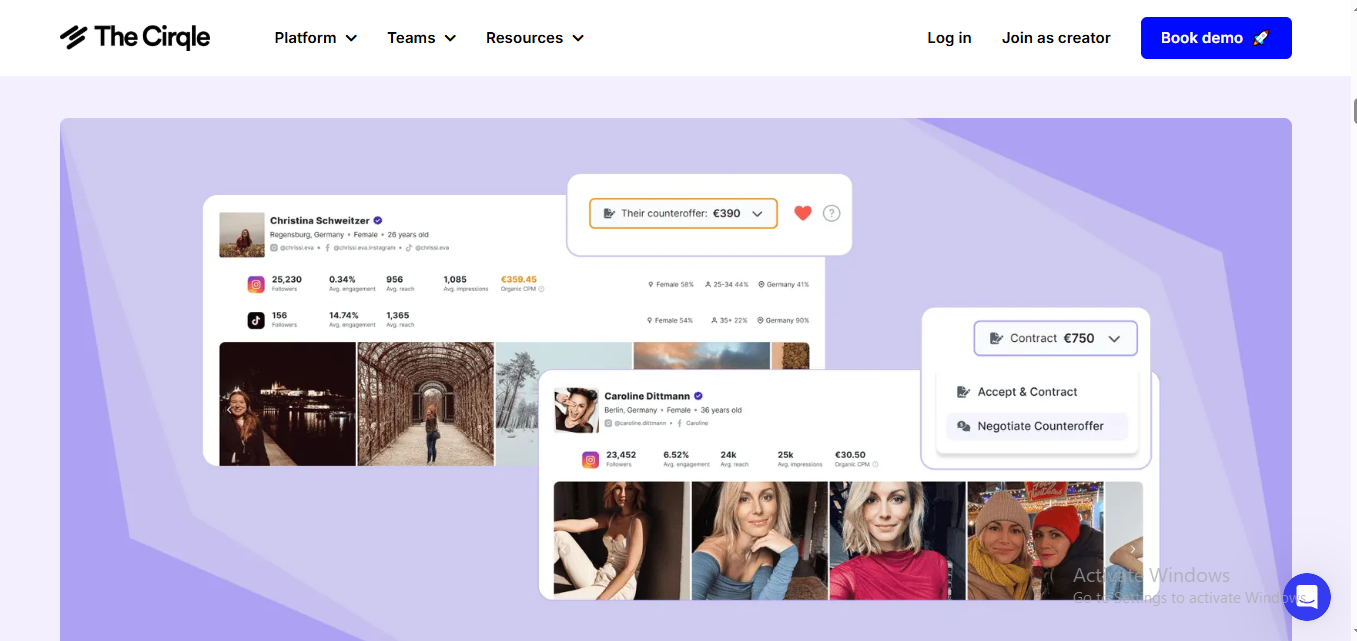
What it is:
Think of The Cirqle like the Tesla of influencer platforms — sleek, powerful, and super focused on performance-driven campaigns.
What I loved:
-
Real-time sales attribution — you actually see how much each creator is driving in dollars.
-
Massive focus on ROI (they’re not just about likes & vibes).
-
Their Shopify integration is smooth af.
What bugged me:
-
UI felt a lil’ clunky at times.
-
Not beginner-friendly. If you’re new to influencer marketing, this one might feel like doing calculus without a calculator.
Pricing:
Custom quote. Enterprise vibes, so yeah, expect a higher price tag.
8. Popular Pays
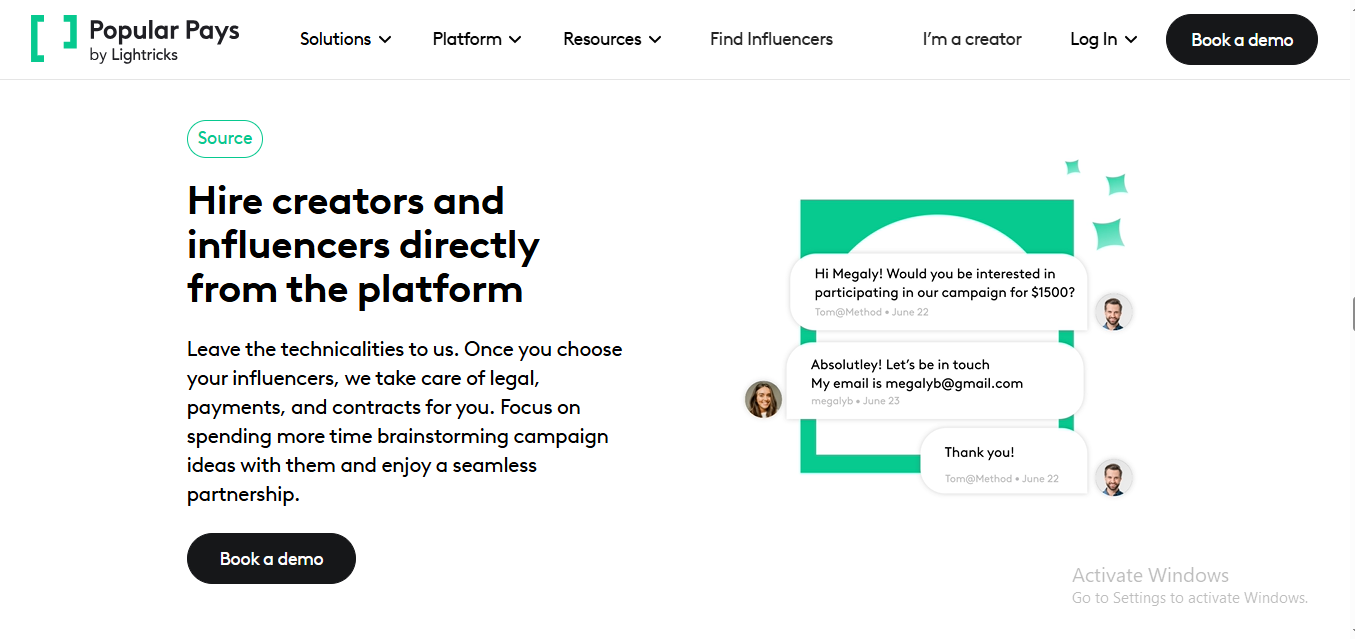
What it is:
Popular Pays is like the OG kid on the influencer block who’s still cool and throws the best parties.
What I loved:
-
You can launch a campaign in minutes — no joke.
-
They have “Pop Pays Studio” for in-house content if creators aren’t your thing.
-
Pretty diverse creator network (not just fashion & beauty).
What bugged me:
-
Reporting is okay but lacks the punch of platforms like Grin or Cirqle.
-
Smaller brands might feel a bit lost — def geared toward agencies and big teams.
Pricing:
Starts at mid-tier range. You’ll need to talk to sales for the juicy details.
9. Collabstr
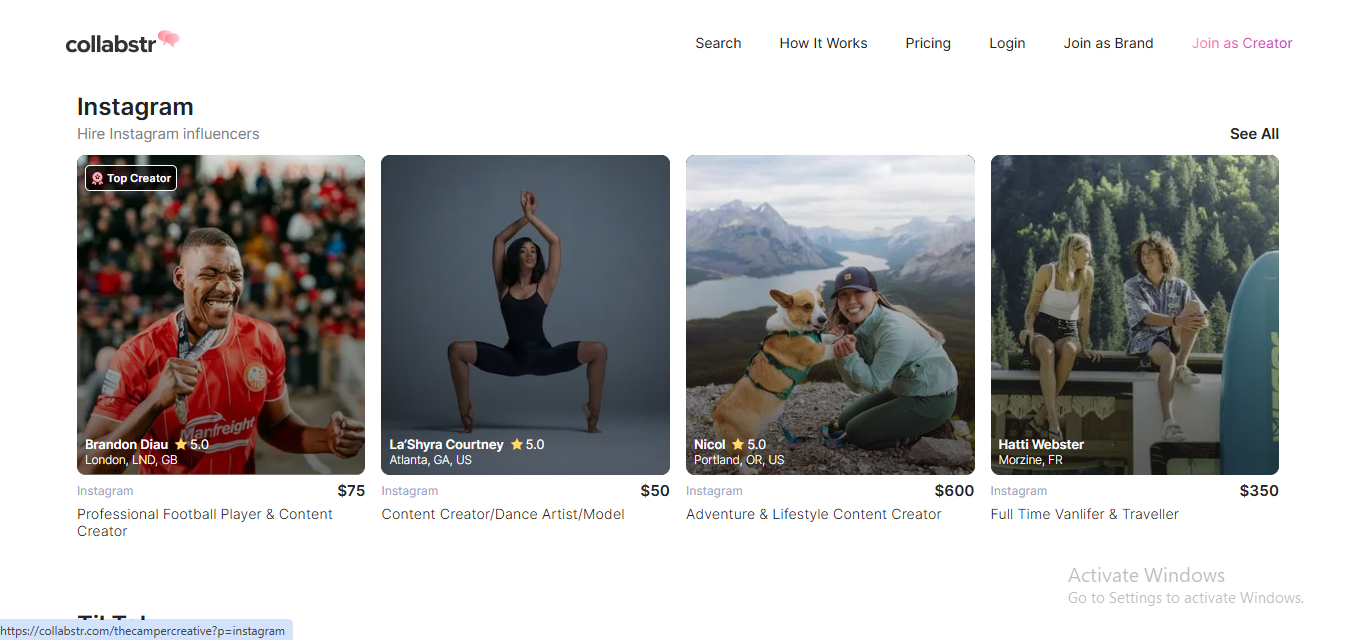
What it is:
Collabstr is the Fiverr of influencer marketing — straight to the point, no fluff, just connect and collab.
What I loved:
-
Transparent pricing. Like, you see what a TikTok post costs before you even talk.
-
No middleman — you chat with the creator directly.
-
Great for small brands or testing new niches.
What bugged me:
-
Lacks campaign-level analytics. You’re kind of flying blind post-collab.
-
No major vetting system, so gotta do your own homework on creators.
Pricing:
Pay-as-you-go. Super budget-friendly.
10. Kolsquare

What it is:
Kolsquare is very Euro-chic — polished, data-driven, and heavy on influencer intel.
What I loved:
-
Solid influencer database (KOL = Key Opinion Leader, btw — love the name).
-
Metrics are on point: engagement, audience insights, fake follower detection.
-
Sweet CRM for managing long-term collabs.
What bugged me:
-
Geared more toward EU markets — US brands might find it limiting.
-
Dashboards could use a modern design glow-up.
Pricing:
SaaS subscription with tiered plans. Middle to high range.
11. Captiv8

What it is:
Captiv8 is basically the Marvel Universe of influencer platforms — huge, impressive, and kinda overwhelming at first glance.
What I loved:
-
AI-based creator matching (yes, your next influencer BFF might be picked by a robot).
-
Paid media integrations — you can boost creator content right from the platform.
-
Advanced audience analytics — think demographics, interests, even income.
What bugged me:
-
Steep learning curve.
-
Can be pricey if you’re not a big team with a big wallet.
Pricing:
Custom. Enterprise-focused, so be ready to talk to a rep.
12. Aspire (formerly AspireIQ)
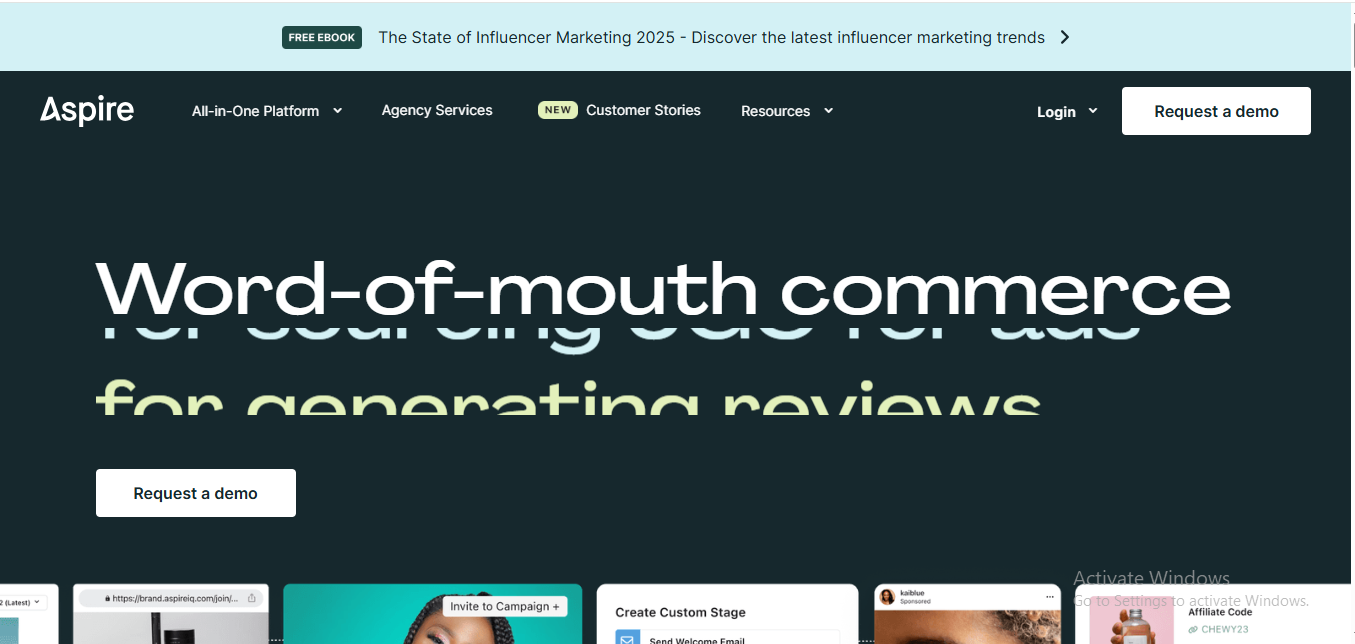
What it is:
Aspire is your all-in-one influencer BFF. Campaigns, UGC, affiliate — it does it all and still manages to feel simple.
What I loved:
-
User-friendly af. Like, I didn’t need 5 tutorials to figure it out.
-
Sweet automated workflows — made managing multiple creators a breeze.
-
Influencer search tool is 🔥 — filters for days.
What bugged me:
-
You can outgrow it if you’re scaling fast.
-
Reporting is good but not groundbreaking.
Pricing:
Mid-tier SaaS — not the cheapest but def offers bang for buck.
13. TRIBE
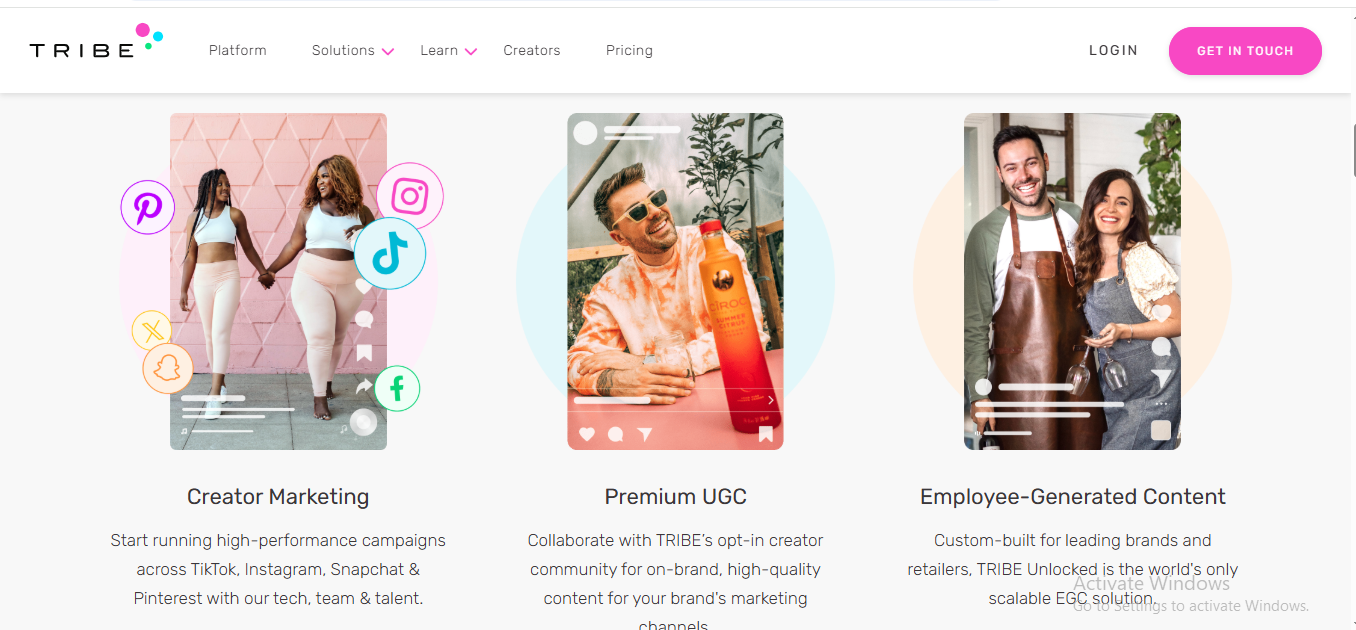
What’s the vibe?
TRIBE connects brands with a diverse pool of 70,000+ influencers to create authentic content across platforms like TikTok, Instagram, and more. It’s all about empowering creators to pitch content ideas directly to brands.
What I loved:
-
Creator-First Approach: Influencers pitch their content ideas, ensuring genuine and creative collaborations.
-
Quick Campaign Turnaround: Ideal for brands looking to launch campaigns swiftly.
What bugged me:
-
Pricing: Allocated budgets start at $10,000 for pay-per-use campaigns, with a 30% margin on brand spend.
-
Limited Analytics: While the platform is great for content creation, it lacks in-depth analytics for performance tracking.
Pricing:
-
Pay-Per-Use: Budgets begin at $10,000.
-
Subscription: Starts at $2,000 per campaign.
14. Braze
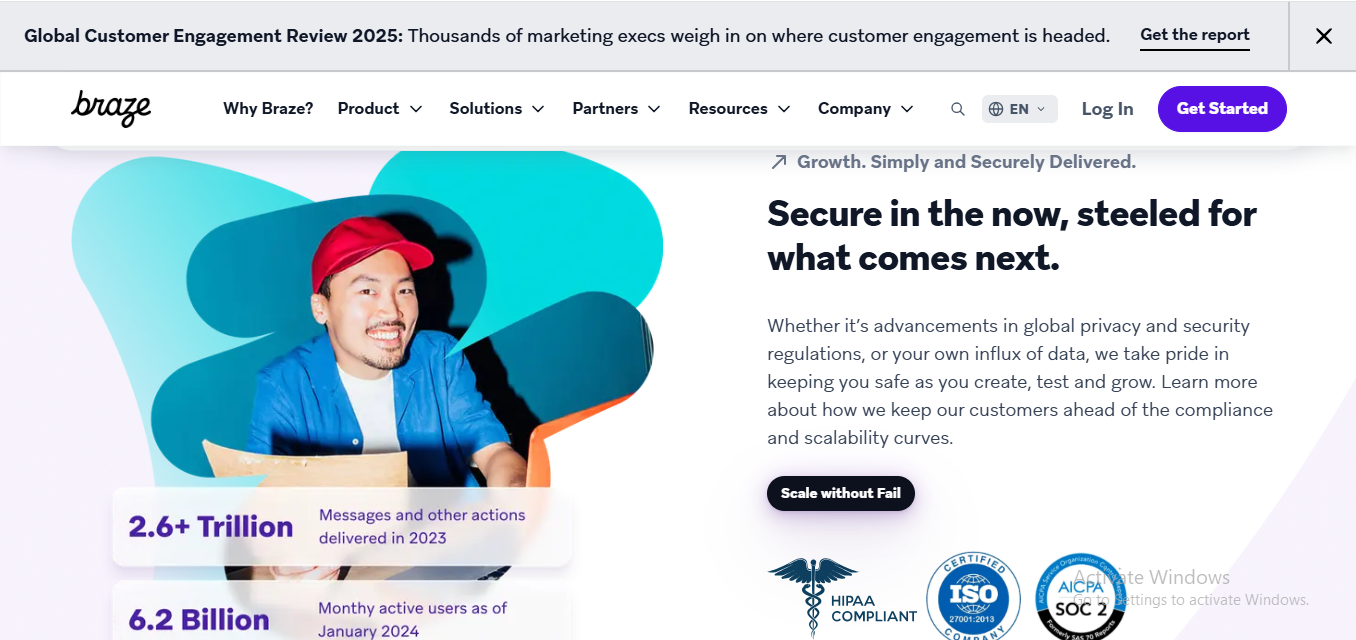
What’s the vibe?
Braze is a customer engagement platform that helps brands deliver personalized messaging across channels in real-time.
What I loved:
-
Omnichannel Messaging: Seamlessly integrates messaging across email, apps, and more.
-
Real-Time Engagement: Delivers messages with sub-second speed, enhancing customer experience.
What bugged me:
-
Complexity: The platform can be overwhelming for newcomers due to its extensive features.
-
Cost: Pricing typically ranges from $60,000 to $200,000 per year, making it more suitable for larger enterprises.
Pricing:
Custom pricing based on organization size and requirements.
15. IZEA
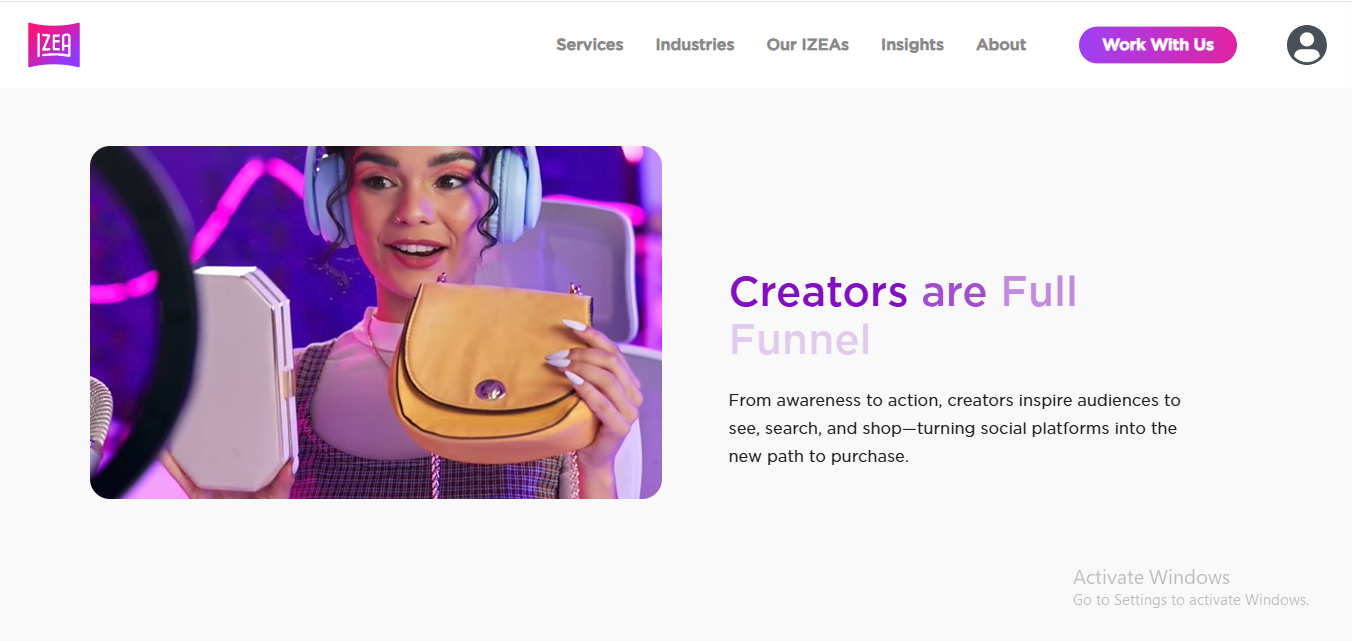
What’s the vibe?
IZEA offers a platform for brands to connect with influencers and manage campaigns, catering to businesses of all sizes.
What I loved:
-
Flexible Plans: From free access to pro plans starting at $6/month, there’s something for every budget.
-
Managed Services: For brands seeking a hands-off approach, IZEA offers fully managed influencer marketing services.
What bugged me:
-
Learning Curve: The platform can be a bit complex for beginners.
-
Limited Customization: Some users may find the customization options lacking compared to competitors.
Pricing:
-
Creator Marketplace: Free to access; Pro plans start at $6/month.
-
Managed Services: Pricing varies based on campaign requirements.
16. Insense

What’s the vibe?
Insense focuses on connecting brands with vetted creators to produce user-generated content (UGC) and run creator ads.
What I loved:
-
UGC Focus: Great for brands looking to scale authentic content creation.
-
Ad Integration: Allows running sponsored ads from creators’ handles by connecting to your Ads Manager.
What bugged me:
-
Additional Fees: Creator payments aren’t included in the subscription and must be budgeted separately.
-
Marketplace Fees: A separate transaction fee is added to each creator payment, covering operational fees.
Pricing:
-
Trial: $500 for 1 month.
-
UGC Plan: $1,200 per quarter ($400/month).
-
Agency Plan: Starts at $800/month.
17. Influence.co
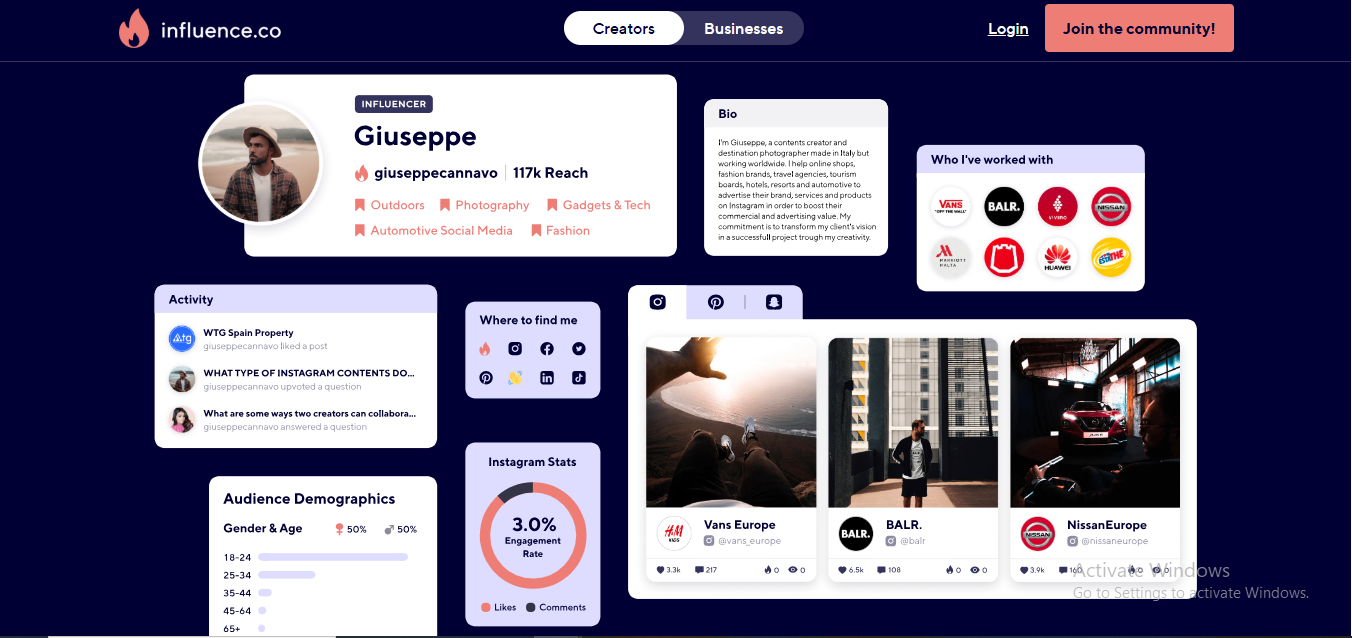
What’s the vibe?
Influence.co is a professional community platform for influencers and businesses to connect, collaborate, and manage campaigns.
What I loved:
-
Community Focus: Acts like LinkedIn for influencers, fostering genuine connections.
-
Free Access: Offers a free plan with essential features, making it accessible for newcomers.
What bugged me:
-
Limited Advanced Features: The free plan lacks some advanced functionalities available in paid plans.
-
Pricing for Businesses: Business Pro plan is $600/month with a minimum 6-month commitment.
Pricing:
-
Influencers: Free; Pro plan at $4/month.
-
Business Pro: $
17. Influencer.com
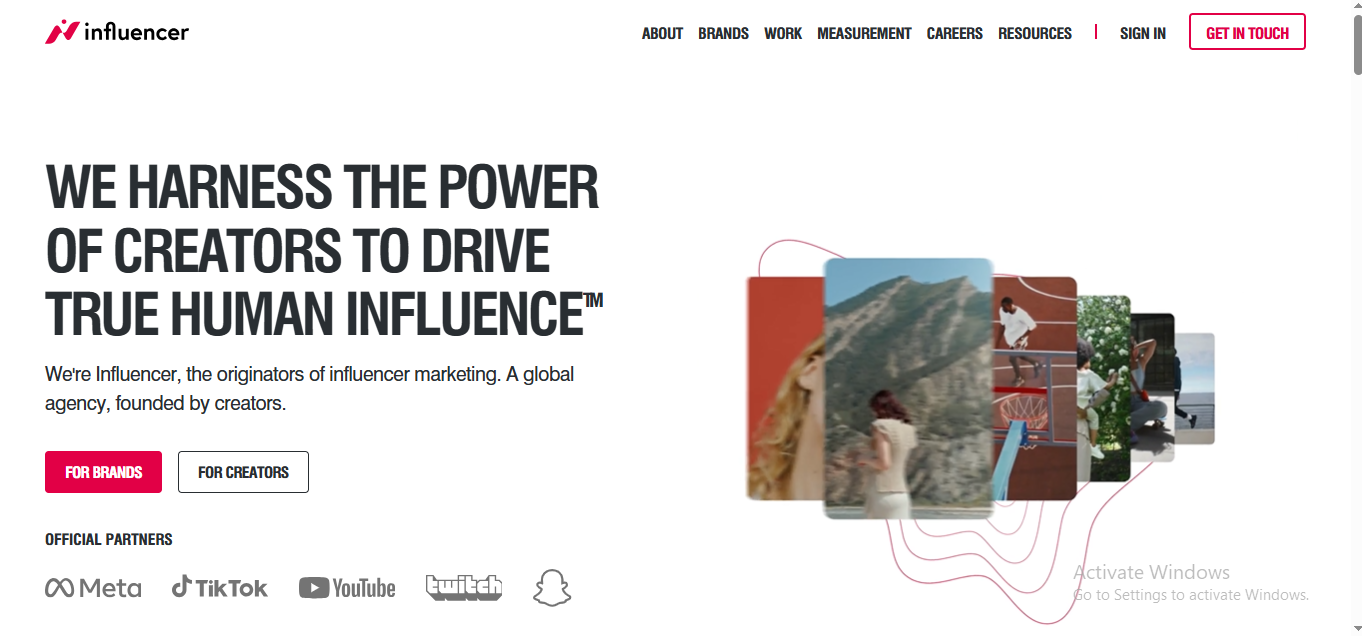
What’s the vibe? Influencer.com is all about connecting brands with top-tier creators to craft authentic campaigns. It’s like the matchmaker of the influencer world.
What I loved:
-
User-Friendly Interface: Navigating the platform is a breeze.
-
Diverse Creator Pool: Plenty of influencers across various niches.
What bugged me:
-
Limited Analytics: Could use more in-depth performance metrics.
-
Pricing Transparency: Hard to find clear pricing info upfront.
Pricing: Custom pricing based on campaign needs.
19. Later

What’s the vibe? Later started as a social media scheduling tool but has expanded into influencer marketing. It’s like your social media Swiss Army knife.
What I loved:
-
Visual Content Calendar: Plan your posts with a drag-and-drop interface.
-
Linkin.bio Feature: Turn your Instagram feed into a clickable landing page.
What bugged me:
-
Limited Influencer Features: Not as robust as dedicated influencer platforms.
-
Pricing Tiers: Some essential features locked behind higher tiers.
Pricing: Starts at $18/month; higher tiers unlock more features.
20. Shout Agency
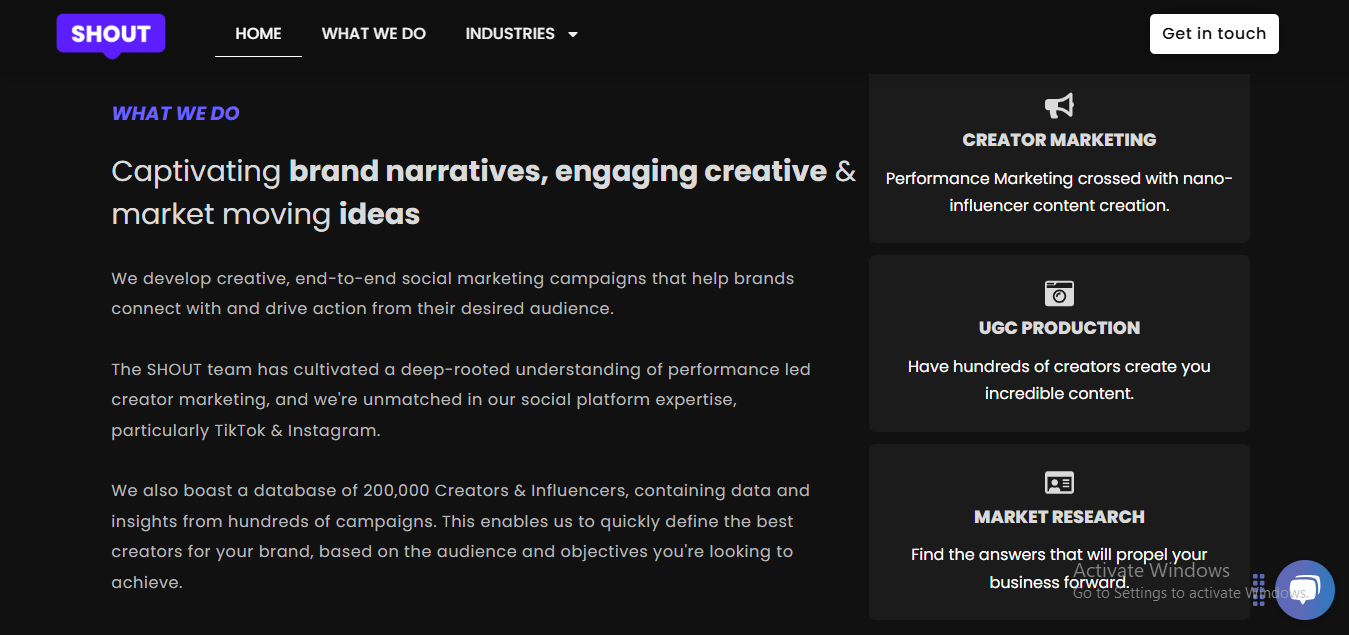
What’s the vibe? Shout Agency focuses on connecting brands with nano and micro-influencers, especially on TikTok. It’s like the cool kid on the block who knows all the trends.
What I loved:
-
TikTok Expertise: Deep understanding of TikTok’s algorithm and trends.
-
Affordable Campaigns: Great for brands on a budget.
What bugged me:
-
Limited Platform Reach: Primarily focused on TikTok; less presence on other platforms.
-
Smaller Influencer Pool: Nano and micro-influencers may not have massive reach.
Pricing: Varies based on campaign scope; generally affordable.
21. Klear
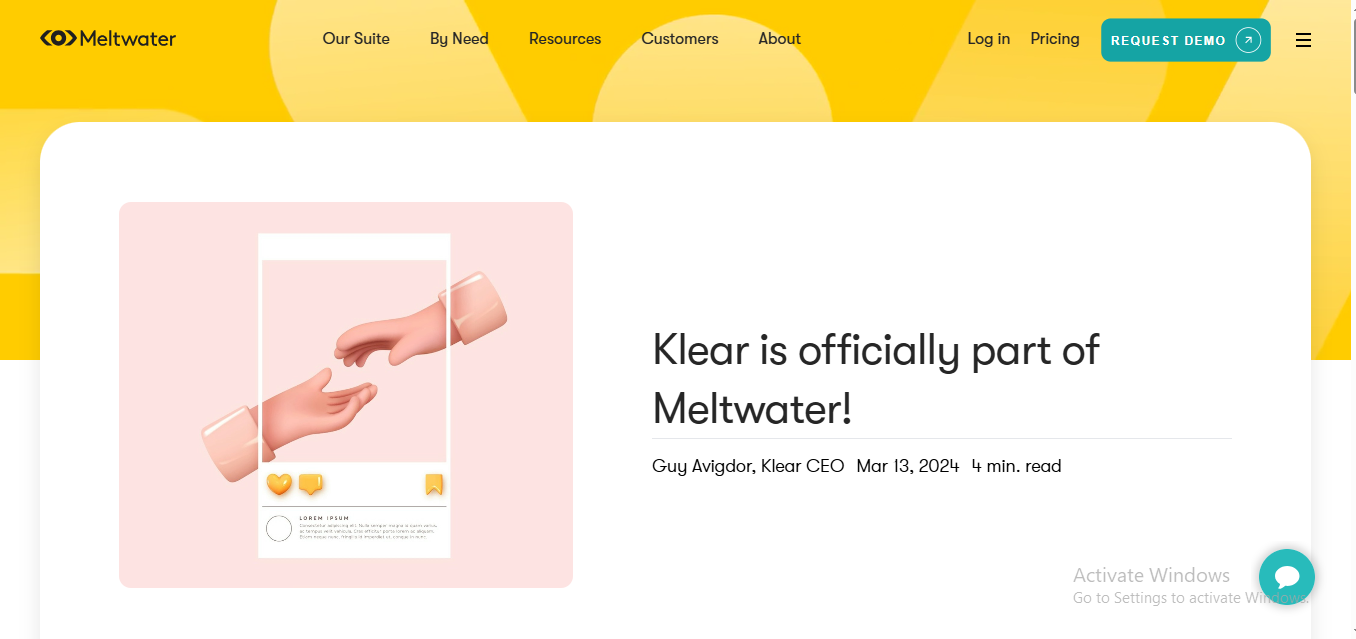
What’s the vibe? Klear is a comprehensive influencer marketing platform offering tools for discovery, campaign management, and analytics. It’s like the all-in-one toolkit for influencer campaigns.
What I loved:
-
Advanced Analytics: In-depth insights into influencer performance.
-
CRM Features: Manage relationships with influencers effectively.
What bugged me:
-
Steep Learning Curve: Takes time to master all features.
-
Pricing: On the higher end; may not suit small businesses.
Pricing: Custom pricing; generally suited for mid to large-sized businesses.
22. Brandbassador
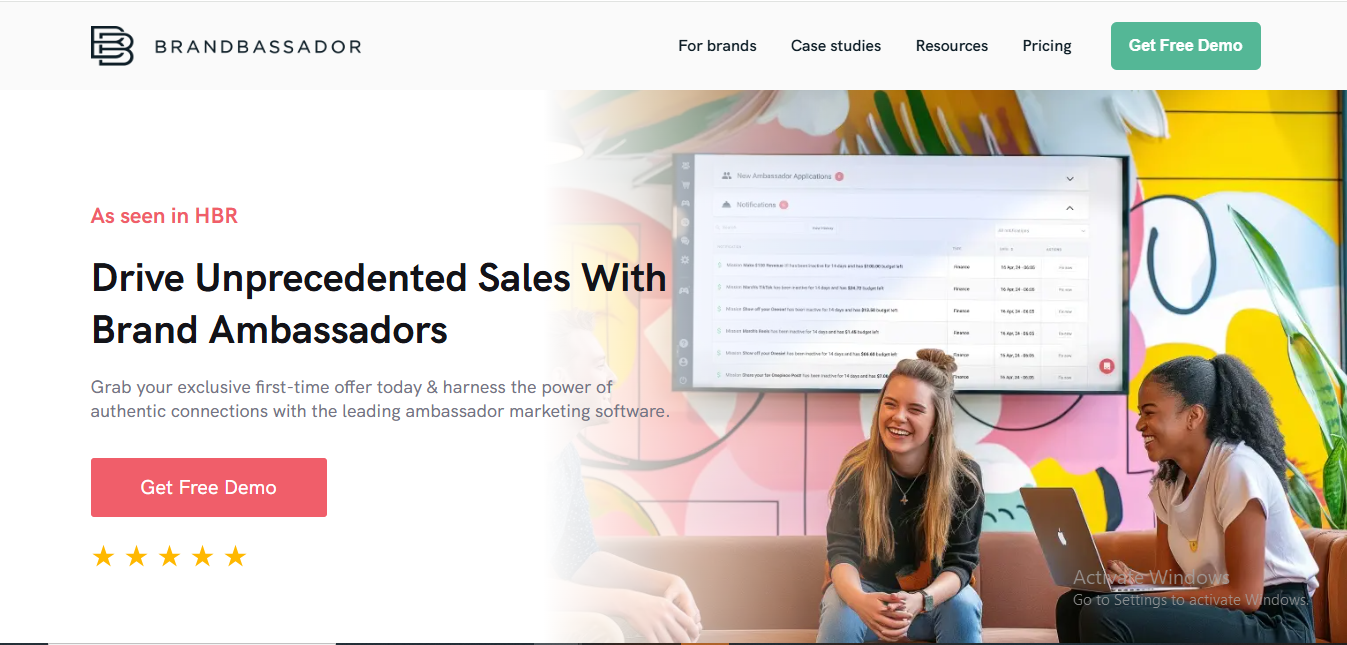
What’s the vibe? Brandbassador turns your customers into brand ambassadors, leveraging their networks for authentic promotion. It’s like building a loyal army of brand advocates.
What I loved:
-
Gamified Tasks: Engage ambassadors with missions and rewards.
-
Seamless Integration: Easy to sync with eCommerce platforms.
What bugged me:
-
Management Intensive: Requires ongoing engagement with ambassadors.
-
Not Ideal for Quick Campaigns: Better suited for long-term strategies.
Pricing: Custom pricing based on brand needs.
23. SHOUT
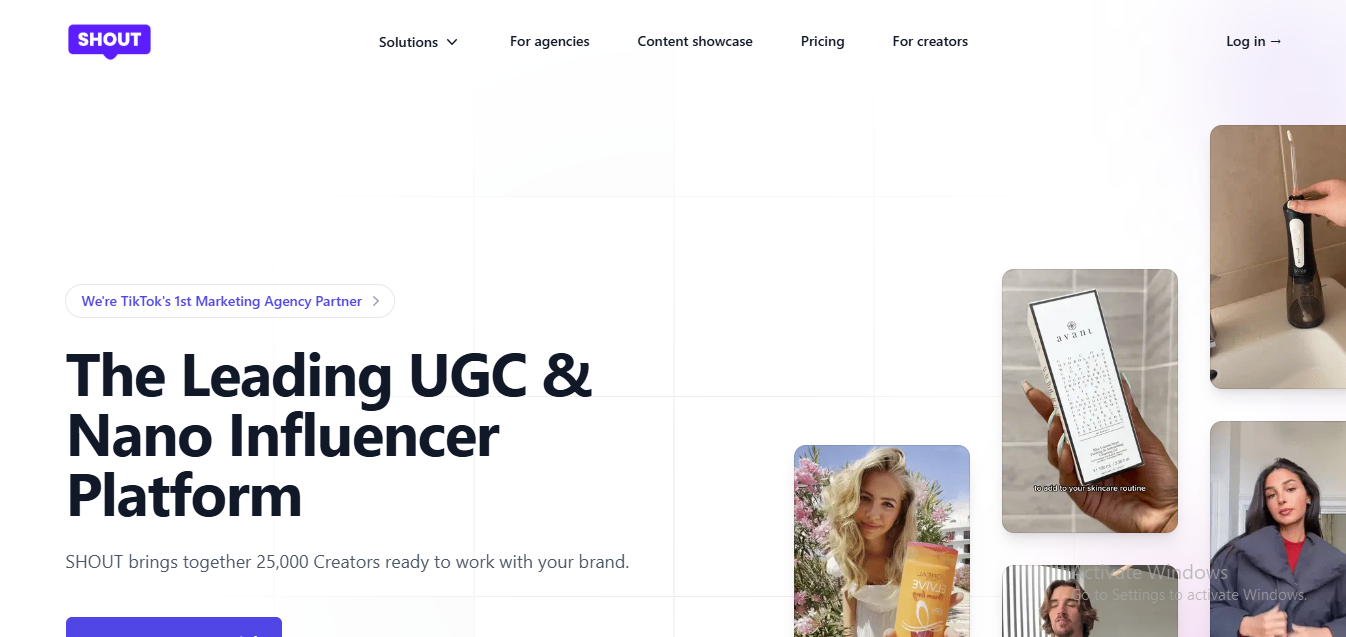
What’s the vibe? SHOUT is a UGC and nano-influencer platform, connecting brands with creators for authentic content. It’s like tapping into a creative collective.
What I loved:
-
Affordable Content Creation: UGC videos starting at £45.
-
Quick Turnaround: Receive content in as little as 2 days.
What bugged me:
-
Limited to Smaller Creators: Focuses on nano-influencers; may not suit brands seeking massive reach.
-
Platform Learning Curve: Takes time to navigate all features.
Pricing: £249/month subscription; pay-as-you-go for content.
24. CreatorIQ
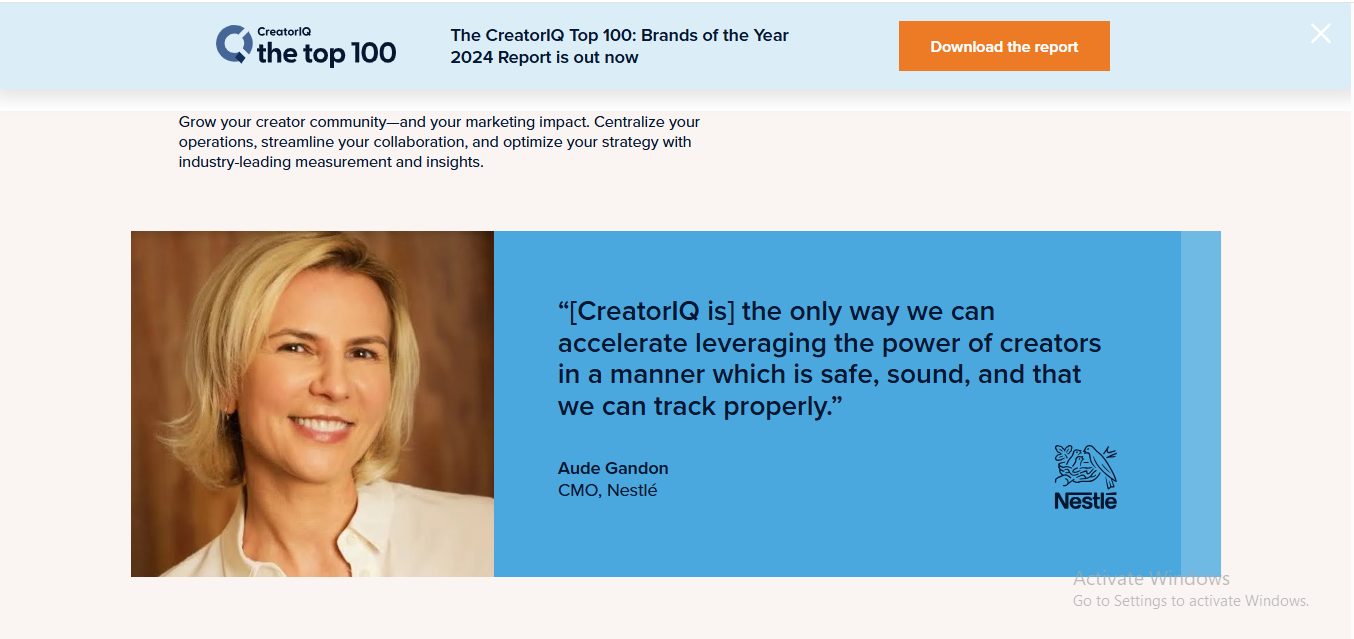
The Lowdown: CreatorIQ is like the Rolls-Royce of influencer platforms. It’s sleek, powerful, and built for big brands.
What I Loved:
-
Comprehensive Database: Access to a vast network of influencers across various niches.
-
Advanced Analytics: Detailed insights to measure campaign performance.
What Bugged Me:
-
Complex Interface: Takes a while to get the hang of it.
-
Pricey: Not ideal for startups or small businesses.
Pricing: Custom pricing based on your needs.
25. InfluencerMarketing.ai
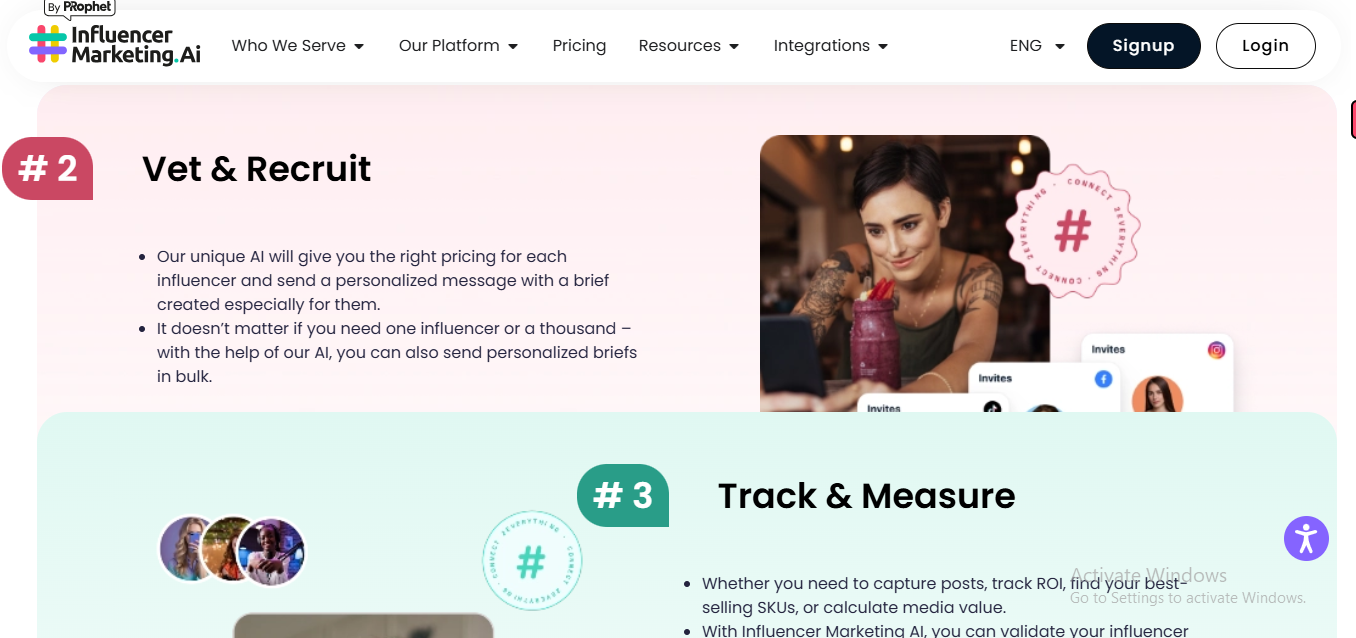
The Lowdown: This platform is like having a data scientist in your pocket. It’s all about AI-driven insights.
What I Loved:
-
AI-Powered Matching: Finds the best influencers for your brand using smart algorithms.
-
Real-Time Analytics: Keep tabs on your campaigns as they unfold.
What Bugged Me:
-
Overwhelming Features: Might be too much for those new to influencer marketing.
-
Limited Human Touch: Sometimes, AI misses the nuances only humans can catch.
Pricing: Varies based on features; contact them for a quote.
26. Traackr

The Lowdown: Traackr is the platform for those who take influencer marketing seriously. It’s all about performance and ROI.
What I Loved:
-
Influencer Vetting: Ensures you’re working with credible influencers.
-
Global Reach: Access to influencers worldwide.
What Bugged Me:
-
Steep Learning Curve: Not the most intuitive platform.
-
Premium Pricing: Might be out of budget for smaller brands.
Pricing: Custom pricing; best suited for mid to large-sized businesses.
27. Upfluence
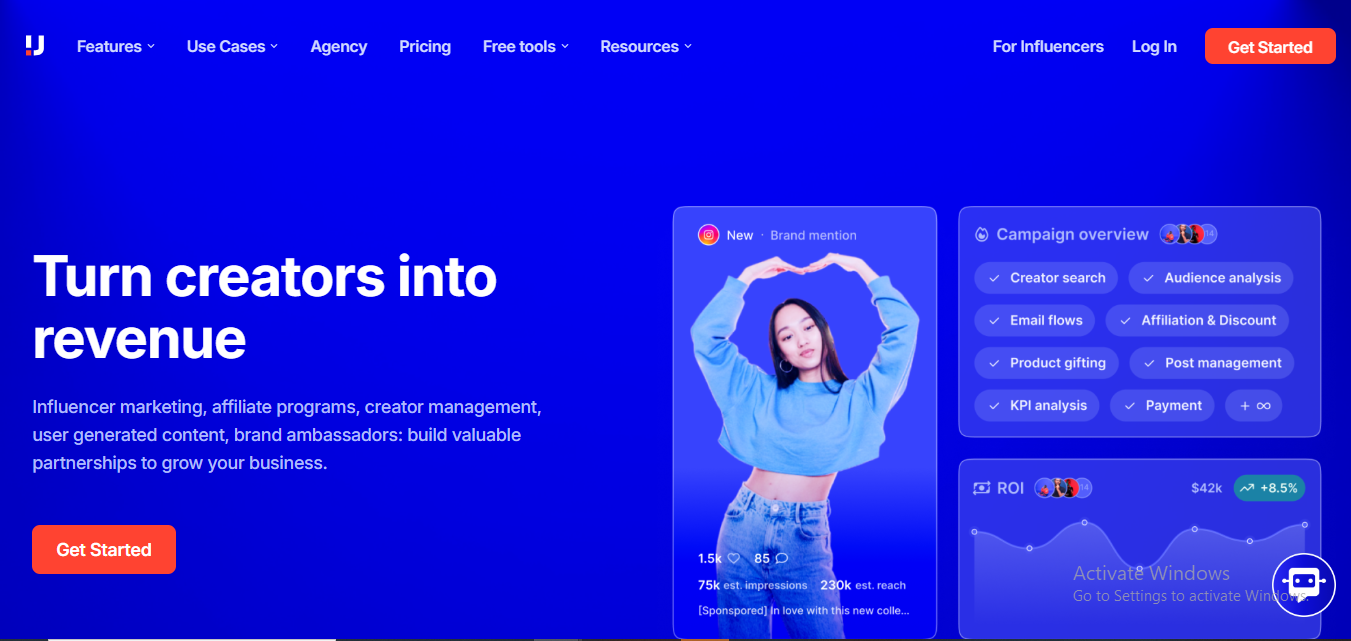
The Lowdown: Upfluence is like the Swiss Army knife of influencer platforms. It’s versatile and packed with features.
What I Loved:
-
E-commerce Integration: Seamlessly connects with platforms like Shopify and WooCommerce.
-
Affiliate Program Management: Handles both influencer and affiliate campaigns.
What Bugged Me:
-
Interface Can Be Clunky: Not the most user-friendly design.
-
Customer Support: Response times can be slow.–
Pricing: Custom pricing based on your requirements.
28. Meltwater

The Lowdown: Meltwater is the OG in media monitoring, now stepping into influencer marketing.
What I Loved:
-
Comprehensive Monitoring: Tracks brand mentions across various channels.
-
Integrated Suite: Combines PR, social media, and influencer marketing tools.
What Bugged Me:
-
Not Influencer-Focused: Influencer marketing feels like an add-on.
-
Complex Pricing: Hard to decipher what you’re paying for.
Pricing: Custom pricing; contact them for details.
29. The Social Cat

The Lowdown: The Social Cat is the new kid on the block, focusing on micro-influencers.
What I Loved:
-
Affordable: Great for small businesses and startups.
-
Easy to Use: Straightforward interface with no frills.
What Bugged Me:
-
Limited Features: Lacks advanced analytics.
-
Smaller Influencer Pool: Not ideal for large-scale campaigns.
Pricing: Transparent pricing; starts at budget-friendly rates.
Conclusion:
Choosing the right influencer marketing platform depends on your brand’s goals, budget, and the type of influencer relationships you aim to build. Whether you’re a startup looking for authentic collaborations or an enterprise aiming for large-scale campaigns, there’s a platform out there tailored for your needs. Dive in, explore, and let your brand shine in the influencer marketing arena!
- Best Datanyze Alternatives for 2025 - April 24, 2025
- Best Hunter.io Alternatives for 2025 - April 22, 2025
- Best Lead411 Alternatives for 2025 - April 22, 2025



